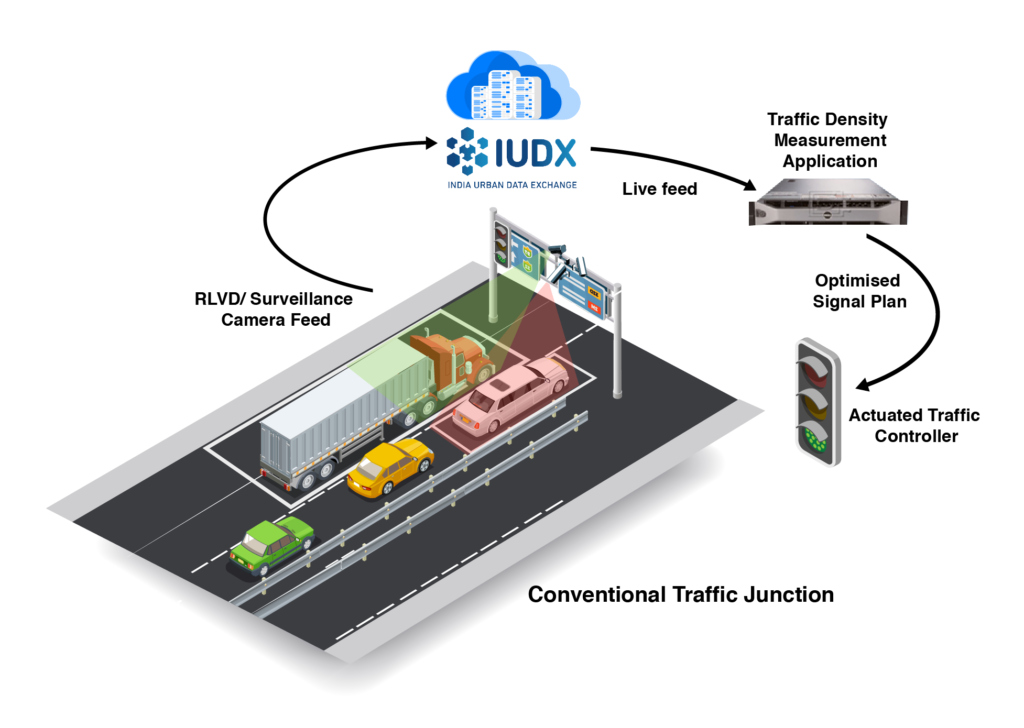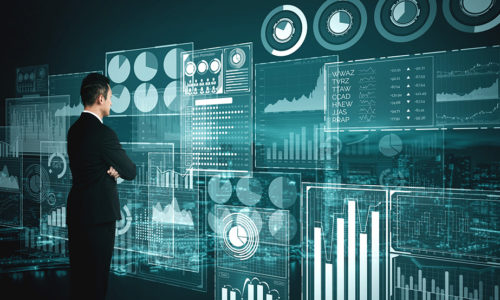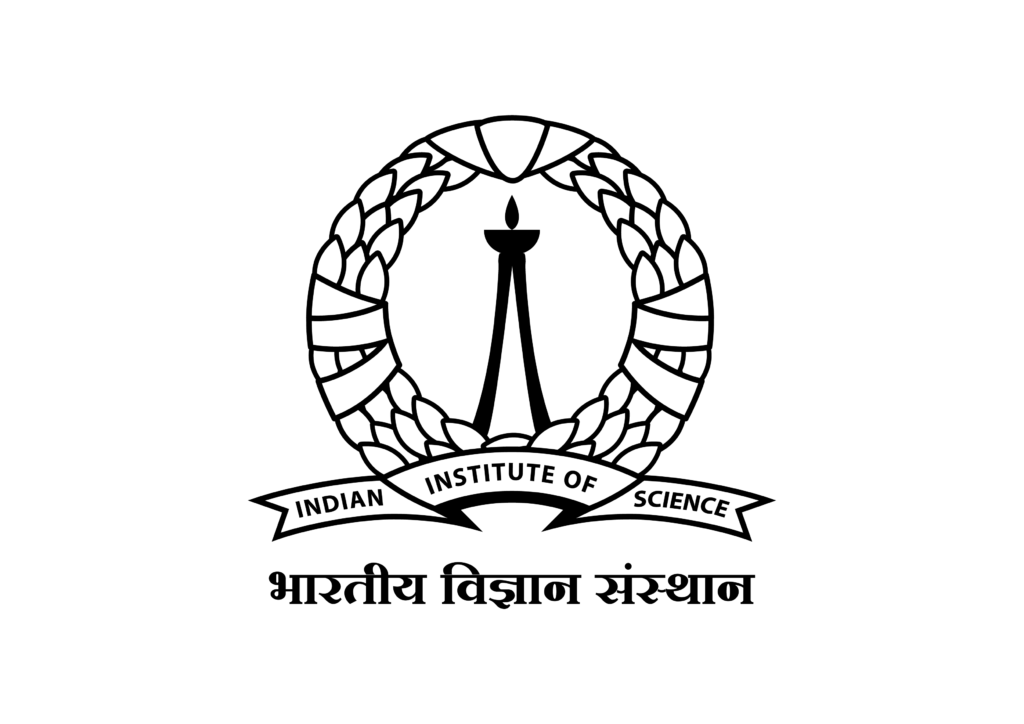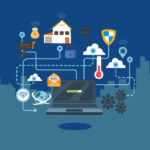Since decades, traffic signals have been used to regulate traffic in order to increase efficiency in vehicular movement and road safety. These conventional traffic lights have done the job required with aplomb. However, increase in population, an exponential increase in traffic and the randomness in the traffic density pattern throughout the day has rendered these conventional signals rather obsolete.
The conventional traffic signals work on pre-set clocks having a fixed time period to switch traffic between different directions. They lack the capability required for smart functioning and do not consider the real-time demand of commuters as input, hence, do not consider adaptive traffic optimization. Vehicles, thus have to wait for a long-time span even if the traffic density in their lane is very less. In short, the two main functionalities where a conventional traffic system falls short are, traffic density and dynamic signal time changes based on it.
The answer to this problem is Adaptive Traffic Control System (ATCS), an intelligent traffic management system that senses the changing traffic patterns around the traffic signal and other nearby junctions to generate an optimized cycle time plan. This system can reduce the traffic congestion and also increase the average traffic speed. However, replacing conventional traffic signals with ATCS setup is very taxing to the city exchequer given its high cost and the amount of civil work involved.
A low cost yet equally effective alternative is reusing existing smart elements deployed in a city to integrate conventional traffic signals with ATCS network with the support of a secure data sharing platform such as IUDX. These existing smart elements are the surveillance and traffic violation detection systems viz. RLVD/Surveillance Cameras, one of the solutions of Smart City 1.0, that have been mounted at multiple traffic signals across smart cities. In this arrangement, one of ways of generating traffic density in real-time can be to perform video analytics on the feeds from existing surveillance/violation cameras. In another approach, third-party traffic data like google real-time traffic data can be used. Of course, the latter will be more expensive for a smaller number of traffic junctions.

Either way, the effort and resources engaged in changing the conventional signals to ATCS will be much less. The cost of ATCS setup at a four-road junction is approximately INR 20 Lakh. However, if we calculate the amount spent on the same junction to convert the conventional traffic signal to ATCS via a data exchange platform it will be approximately INR 7.5 Lakh, INR 12.5 Lakh less than ATCS setup. Considering a small city has 20 traffic junctions with conventional setup. The total savings in that case would be approximately INR 2.5 Crore. A pilot project of this use case has been successfully executed at Orient Chowmuhani, one of the busiest traffic junctions in Agartala Smart City and very soon the other six conventional traffic signals in Agartala will be converted to ATCS.
Related Posts

- IUDX
- November 25, 2021
Bracing to Tackle Urban Flooding With IUDX
Over the years visual imagery around floods in India has undergone a drastic change. Even until ..

- IUDX
- February 28, 2022
Rush for Seats No More
A developed country is not a place where the poor have cars. It’s where the rich use public t ..

- IUDX
- December 20, 2022
Defining Metrics to Assess the Quality of Data
In the previous post, we explored the reasons that a Data Quality Assessment (DQA) framework is ..






























